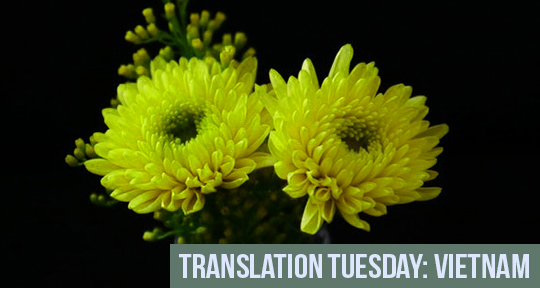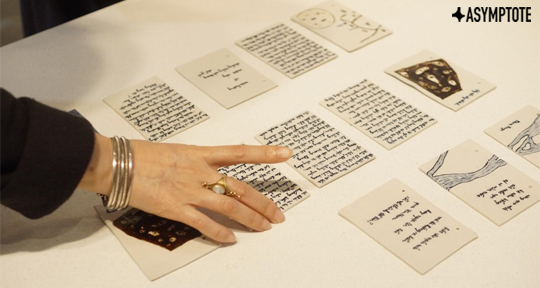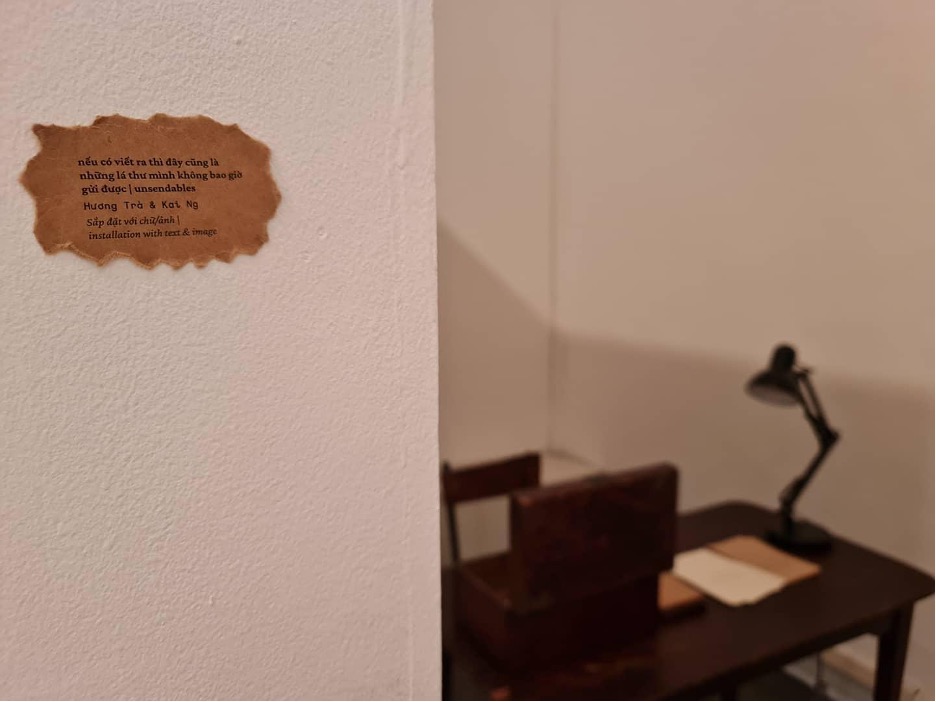This Translation Tuesday, treat yourself to a poem by the poet Hàn Mặc Tử, a celebrated figure of the New Poetry Movement in colonial Vietnam. Translator Phương Anh—whose interview with Vietnamese writer Thuận we recently featured—brings to us this poem with its modernist and mist-like qualities. “Flowerie Dream” is a meditation on the quality of presence from the early twentieth century that refracts the influence of French symbolism.
“Hàn Mặc Tử’s poetry, with his surreal and ambiguous imagery, has often been considered untranslatable. It doesn’t help that, with each printing, there have been tweaks in punctuations and even words. In my opinion, his poems invite multiple translations, with mine being one of the possibilities, based on the version found in the bilingual edition Le Hameau des Roseaux by Hélène Péras and Vũ Thị Bích. My approach for this poem was mainly to bring out that meditative and quality of mystique in the Vietnamese, and to take liberties in changing the structure, particularly in the first stanza. In Vietnamese you can often create a double action in a very short space, but when translating into English (or French), in unpacking all actions, sometimes the line becomes too long, taking away that succinctness from the Vietnamese. Therefore, I decided to move a few words around—but only when it fits the effect. For example, instead of directly translating the word ‘không gian’ (space), I left the line hanging on ‘staining.’ Partly because I felt the line was getting too long, but also because I wanted to bring out the idea of the staining movement of the smoke by having it intrude onto the next line. This adds to the mystical quality of the ‘khói trầm’ (smoke) which also can refer to the agarwoods sometimes present in spiritual practices. Similarly, I moved the verb ‘daring’ up a line, and placed it at the enjambement to underscore both the speaker’s confidence and hesitation.”
—Phương Anh
Flowerie Dream
Low-hum smoke gently ripples across, staining
Bluish time spills into golden dream
This evening’s dress is too formal—daring
To kiss chrysanthemum soul’s in the dew
Can you water the flowers with your warm tears?
Count a petal for each loving time
Can you bury the pieces of withered spring?
And please, bury them in the depths of the heart. READ MORE…





